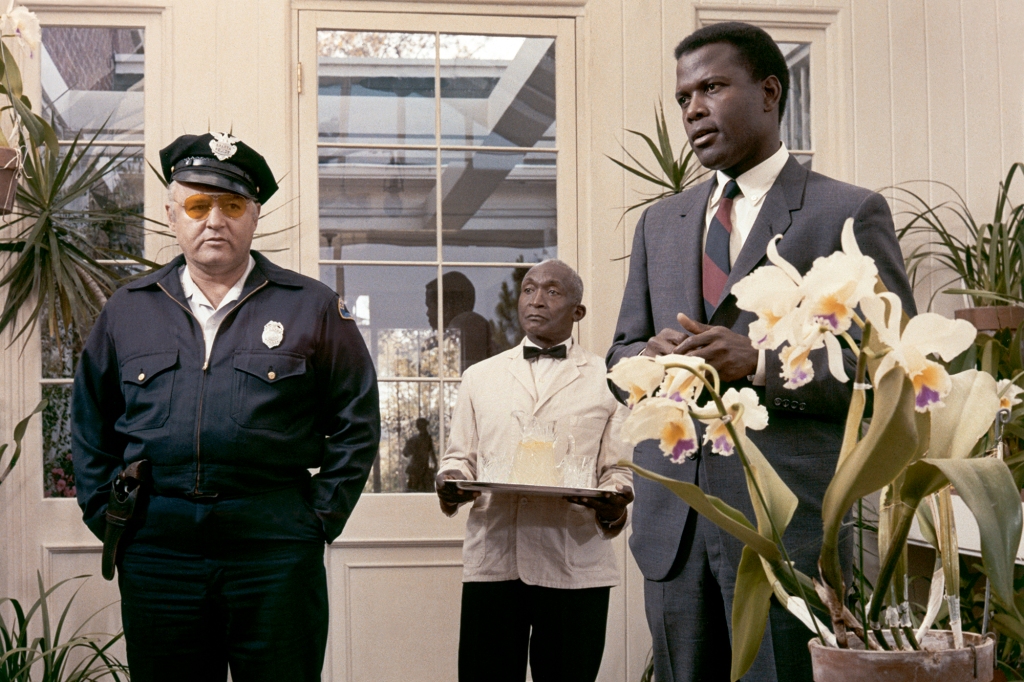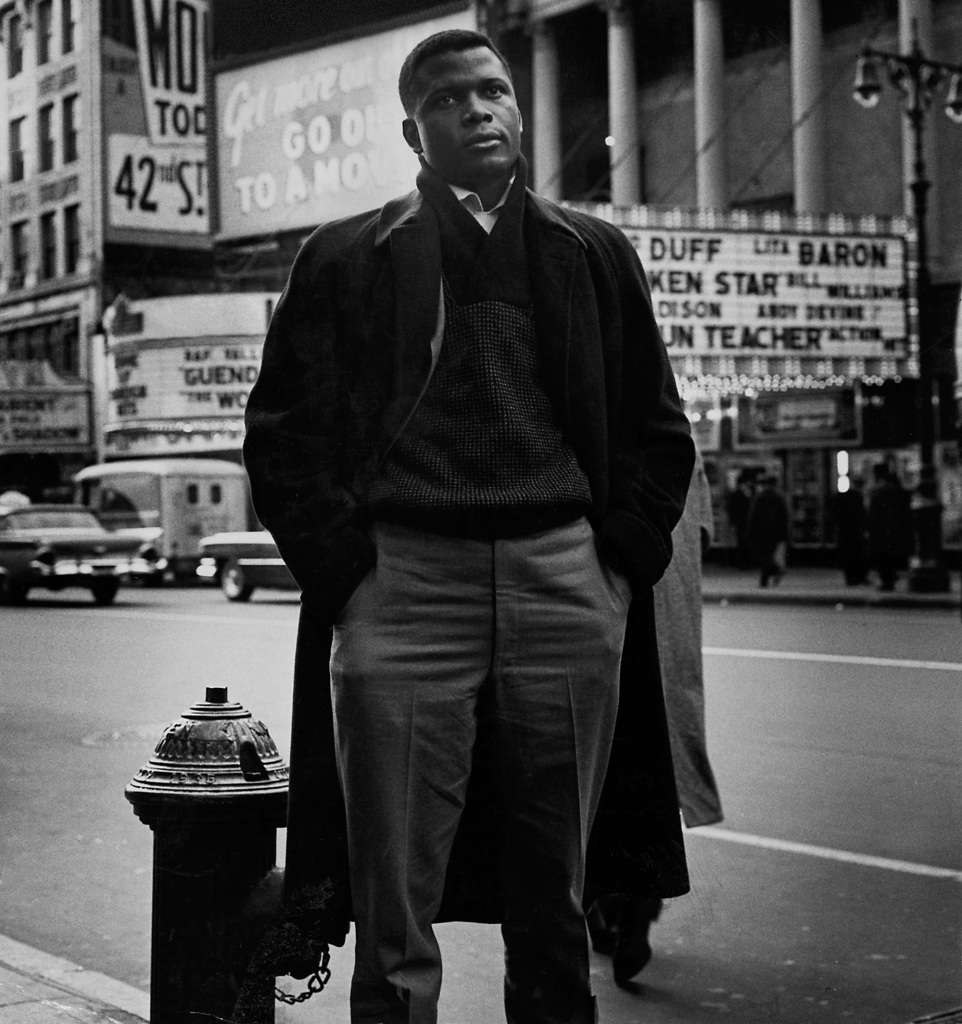iconic actor had ‘big shoulders’
As a newborn, Sidney Poitier — the legendary actor who passed away at 94 in January — was already at death’s door.
“I was not expected to live,” says Poitier in the new documentary “Sidney,” which premieres on Apple TV+ on Friday. “I was born two months premature.”
The film traces Poitier’s remarkable journey from his father tucking him into a shoebox as a sickly infant to growing into a screen icon and the first black man to win the Best Actor Oscar, with “Lilies of the Field” in 1964.
“I remember thinking, ‘If he could do that, I wonder what I can do,’ ” says Oprah Winfrey, who produced the documentary, about how Poitier’s groundbreaking career inspired her.
“It was the first time I’d seen a black man assert his power,” says Halle Berry — who became the first African-American woman to win the Best Actress Oscar in 2002 — of Poitier’s impact on her. “I wanted to marry Sidney Poitier!”
“He had big shoulders,” adds Denzel Washington, who became the second black man to win a Best Actor Oscar in 2008. “He was given big shoulders. But he had to carry a lot of weight.”
Although he was born in Miami, Poitier grew up in Cat Island, Bahamas, as the child of tomato farmers. “The world I knew was quite simple,” he says in the documentary. “I didn’t know there was such a thing as electricity or that water could come into the house through a pipe.”
He also was raised without truly understanding the concept of racism. “I never thought of what I looked like,” he says. “I didn’t know what a n – – – – r was.”

That all changed, though, when he was sent to Miami at 15 to be with his brother’s family. “From the time I got off the boat, America began to say to me, ‘You’re not who you think you are,’ ” he says.
The documentary recounts how he delivered a package to a white household, and the woman who answered the door told him to go around to the back door. Confronted with the true ugliness of racism, Poitier put the package down on the front steps and walked away.
He had a proud quality that he would carry with him throughout his career and the roles that he chose in films such as “To Sir, With Love” and “Guess Who’s Coming to Dinner.”
“There was the habit in Hollywood of utilizing blacks in the most disrespectful way, and I said, ‘I cannot play that, ” says Poitier.
“I don’t think Sidney ever played a subservient part,” adds Morgan Freeman, another Oscar-winning black actor who followed in Poitier’s footsteps.

At age 16, Poitier moved to New York to pursue acting, but he didn’t find immediate success and slept for a time in the pay toilets on the roof of the Brill Building. He was tossed out of the American Negro Theatre, so he took acting classes and lost his Caribbean accent by buying a radio for $14 and learning to mimic a newsreader.
The documentary details how Poitier had a special bond with Harry Belafonte, another black entertainer who was hugely popular during the civil-rights movement of the ’60s.
“If there were equality of opportunity in this business, there would be 15 Sidney Poitiers and 10 or 12 [Harry] Belafontes,” Poitier says in the doc. “But there is not.”
Still, Poitier overcame all of that to become not only a box-office star but a director and producer. “He even put black people in a position where they could have a career behind the camera,” says director Spike Lee. “It is not easy being the first — when you had to represent the entire race.”
Indeed, Poitier never let his race set any limitations on him as an actor — or as a man.
“When I arrived at the age of 15, almost everything I heard said to me, ‘There are different values here. Here, you are not the person you think you are,’ ” he says in the film. “But I came with 15 years of preparation. I was strong enough to say to myself, ‘The me that I’ve been for 15 years — I like that me! That’s a free me. I can’t adjust to being a restricted me.’ ”
Read the full article Here


